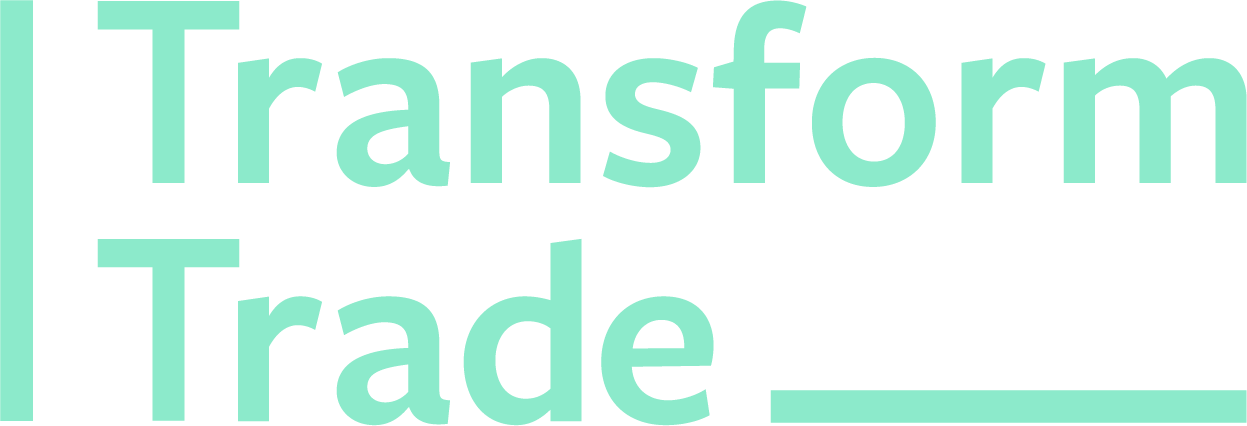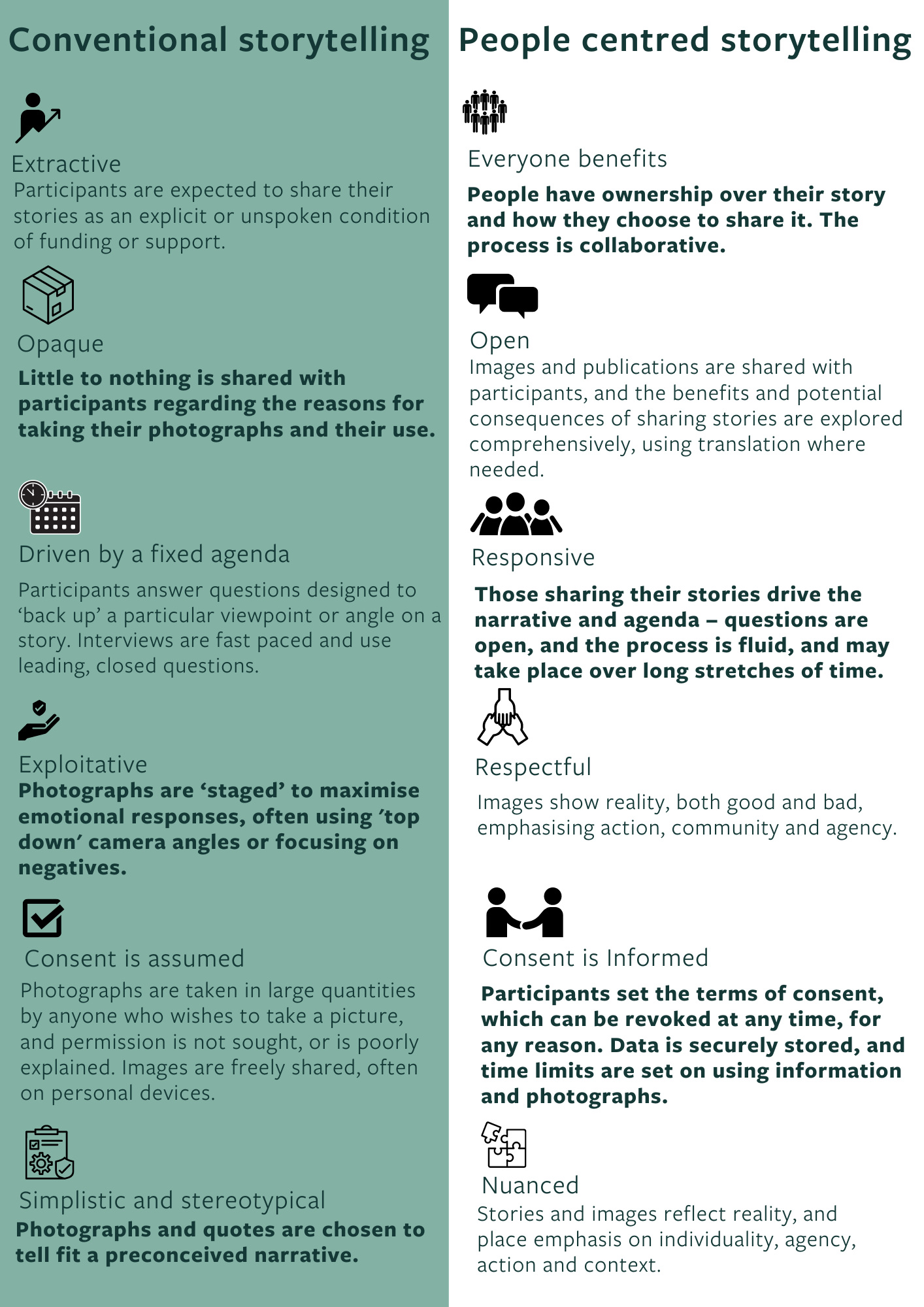What is people centered storytelling?
Our work is about people centred trade - working towards a system that prioritises people and planet over profit. But as part of this journey, we need people centred storytelling which prioritises the dignity and skill of the people we work with.
Here’s how we’re putting principles into action when to comes to sharing stories from our work.
Transform Trade’s commitment to work in equal partnership with those most impacted by injustice extends beyond grants and financial decisions. It must also encompass how we talk about our work in the fields of communication and fundraising.
We’re building on lots of brilliant work in the charity sector to take a hard look how we tell stories, and to critically examine the role stereotypes and cliches have in causing harm to the very communities we work alongside.
Members of Ngarendare A community based organisation, Ngarendare, Meru County, having a discussion after a table banking session. Photo: Nashon Otieno/Transform Trade
Stories are important – they build connections and empathy and remind us of the values we all share.
When we share stories, we’re sharing people’s experiences, using their words and images to demonstrate not just the problems they face, but to demonstrate the impact of our work and to raise funds for new work. Stories are, in a sense, a ‘product’ – they are one of the ways we show we use funds effectively and make real change.
But it’s all too easy for this to become a process of extraction. We ‘take’ photos without giving anything back, or explaining what happens to those images or where they will be used, and we ask intrusive questions through translators.
It’s often a short process – with a photographer from outside the community arriving for a day or two, with little time to get to know people or build transparent relationships based on trust and openness.
There are complicated power dynamics at play – especially if those asking the questions are the same people as those making decisions around funding or resources. By acknowledging these dynamics, and listening, learning and trying to change them, we hope to not only ask people to share stories in a respectful way, but to be able to share better, more nuanced stories.
We’ve developed some key principles which aim to put the people in the pictures at the centre of the decisions we make around storytelling:
Before we take an image, we ask - why this image? Why this person? What is the story we are trying to tell with this photograph? Does it portray circumstances in an honest and accurate way? The stories we tell must challenge stereotypes and do not contain over-simplified narratives that can dehumanise individuals or groups of people.
Wherever possible, we employ photographers from the community where we are taking pictures, who share a language and cultural understanding with those being photographed.
Consent is more than just a permission form – it’s a process, and requires time, explanation (including sharing examples of where an image might be used) and anyone giving consent must also have a practical way to withdraw it if they choose to do so. Consent must never be assumed, but actively given, and people have the option to change their names or remain anonymous.
We don’t take pictures of children or other vulnerable individuals, except in exceptional circumstances. We never take pictures of children alone, and we never take pictures of children without their formal consent and that of their parents or caregivers.
We store images securely and have a five-year limit on their use.
We are open about how we use images and quotes, share information freely, and try to ensure that participants have their own copies of the photographs taken. Conversations around consent take place in the language the participant is comfortable using, and paperwork is translated.
When it comes to storytelling, it’s all to easy to speak on behalf of others. But if we are putting people at the centre of our stories, then we need to remember our role is represent people as individuals – to ask not just what we want to know, but what they want to share.
We’re listening, learning and improving all the time – and we hope you’ll continue to join us on this journey.


